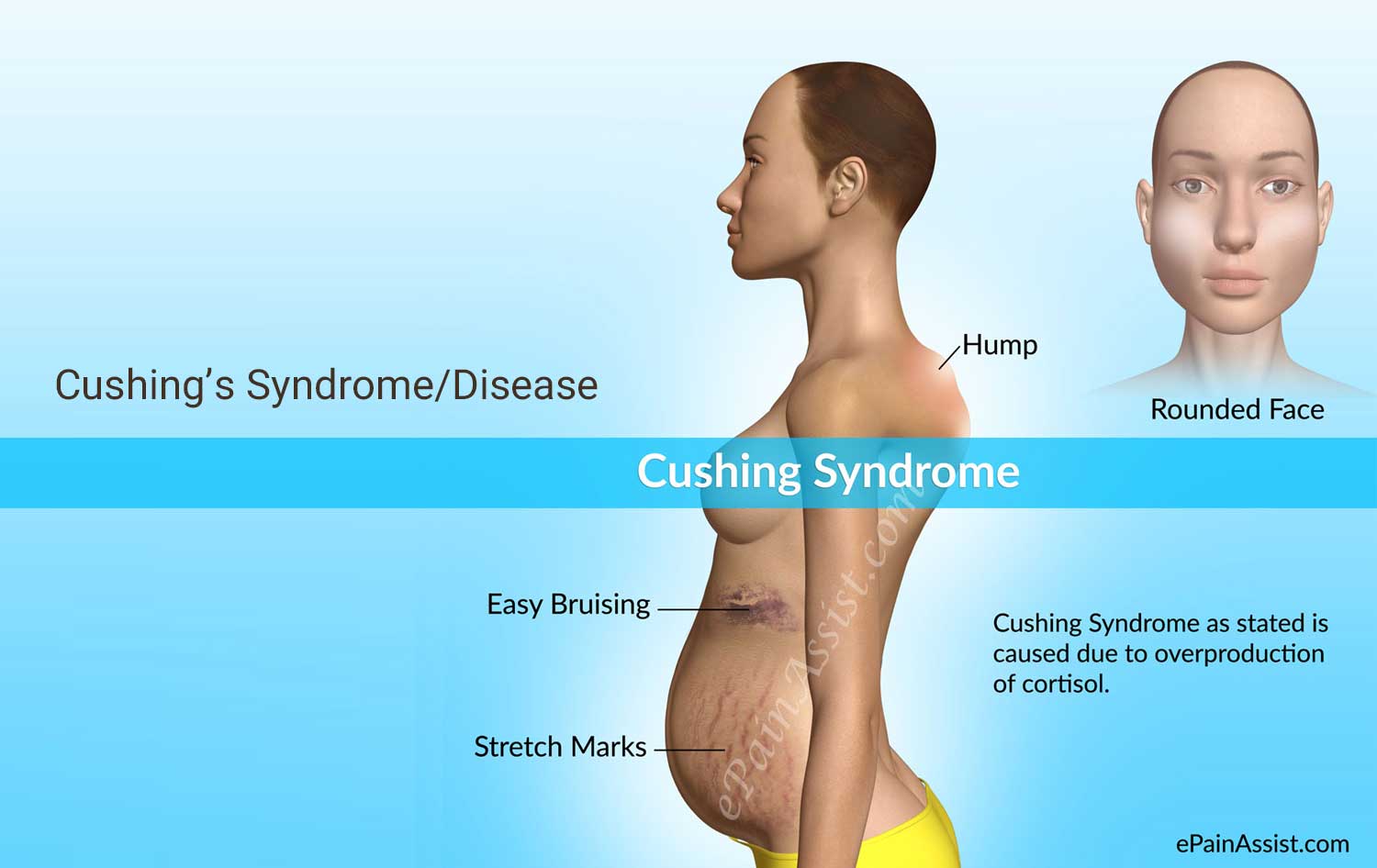Craze Lines: Preventing Dental Damage

The appearance of fine lines on the teeth, commonly known as craze lines, can be a source of concern for many individuals. These lines are essentially small cracks in the enamel of the teeth, which can be caused by a variety of factors, including biting or chewing habits, dental work, and even simple wear and tear. While craze lines may not necessarily be a cause for alarm, they can potentially lead to more serious dental issues if left untreated. In this article, we will delve into the world of craze lines, exploring their causes, symptoms, and most importantly, prevention and treatment options.
Understanding Craze Lines
Craze lines are characterized by small, shallow cracks that appear on the surface of the teeth. They can be caused by a range of factors, including:
- Biting or chewing habits: Individuals who have a tendency to bite or chew excessively, whether due to stress, anxiety, or simply as a habit, may be more prone to developing craze lines.
- Dental work: Teeth that have undergone significant dental work, such as fillings or crowns, may be more susceptible to craze lines.
- Wear and tear: As we age, our teeth naturally undergo wear and tear, which can lead to the development of craze lines.
- Tooth grinding: Grinding or clenching of the teeth, also known as bruxism, can cause significant stress on the teeth, leading to craze lines.
Symptoms of Craze Lines
While craze lines may not always be accompanied by noticeable symptoms, there are certain signs that may indicate their presence. These can include:
- Sensitivity: Teeth with craze lines may become sensitive to temperature changes, sweet or sour tastes, or pressure.
- Discoloration: Craze lines can sometimes become stained, leading to discoloration of the affected tooth.
- Pain: In some cases, craze lines can cause pain or discomfort, particularly when eating or drinking.
Preventing Craze Lines
Prevention is always the best course of action when it comes to dental health. To reduce the risk of developing craze lines, individuals can take the following steps:
- Practice good oral hygiene: Regular brushing and flossing can help to remove bacteria and plaque that can contribute to tooth decay and craze lines.
- Avoid excessive biting or chewing: Becoming more mindful of biting or chewing habits can help to reduce the stress on the teeth.
- Wear a mouthguard: Individuals who grind or clench their teeth at night may benefit from wearing a mouthguard to protect their teeth.
- Visit the dentist regularly: Regular dental check-ups can help to identify potential issues before they become major problems.
Treatment Options for Craze Lines
If craze lines do develop, there are several treatment options available. These can include:
- Dental bonding: A tooth-colored resin can be applied to the affected tooth to fill in the craze line and restore the tooth’s natural appearance.
- Crowns: In more severe cases, a crown may be necessary to cover the entire tooth and protect it from further damage.
- Veneers: Porcelain veneers can be used to cover the front of the tooth, hiding the craze line and restoring the tooth’s natural appearance.
Case Study: The Importance of Preventative Care
A recent study highlighted the importance of preventative care in reducing the risk of craze lines. The study found that individuals who practiced good oral hygiene and visited the dentist regularly were significantly less likely to develop craze lines than those who did not. This underscores the importance of taking proactive steps to protect our dental health.
Future Trends in Dental Care
As dental technology continues to evolve, we can expect to see new and innovative treatments for craze lines. One area of particular interest is the use of nanotechnology to develop new materials and techniques for repairing and restoring teeth. By staying at the forefront of these developments, individuals can take advantage of the latest advancements in dental care and maintain a healthy, beautiful smile.
Conclusion
Craze lines may seem like a minor issue, but they can potentially lead to more serious dental problems if left untreated. By understanding the causes and symptoms of craze lines, and taking proactive steps to prevent them, individuals can help to protect their dental health. Whether through good oral hygiene, avoiding excessive biting or chewing, or seeking regular dental check-ups, there are many ways to reduce the risk of craze lines and maintain a healthy, beautiful smile.
FAQ Section
What are craze lines and how are they caused?
+Craze lines are small, shallow cracks that appear on the surface of the teeth. They can be caused by a range of factors, including biting or chewing habits, dental work, and wear and tear.
How can I prevent craze lines from forming?
+To prevent craze lines, practice good oral hygiene, avoid excessive biting or chewing, and visit the dentist regularly. Wearing a mouthguard at night can also help to reduce the risk of craze lines.
What are the treatment options for craze lines?
+Treatment options for craze lines include dental bonding, crowns, and veneers. The best course of treatment will depend on the severity of the craze line and the individual's overall dental health.
Can craze lines lead to more serious dental problems?
+Yes, if left untreated, craze lines can potentially lead to more serious dental problems, such as tooth decay or cracked teeth. Regular dental check-ups can help to identify and treat craze lines before they become major issues.
How can I maintain good oral hygiene to prevent craze lines?
+To maintain good oral hygiene, brush your teeth at least twice a day with a fluoride toothpaste, floss once a day, and visit the dentist regularly for check-ups and cleanings.
By following these tips and staying informed about the latest developments in dental care, individuals can take proactive steps to protect their dental health and reduce the risk of craze lines. Remember, prevention is key, and with the right approach, it is possible to maintain a healthy, beautiful smile for years to come.


